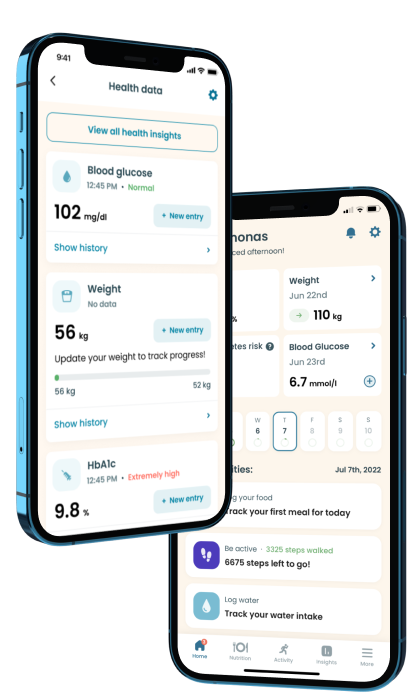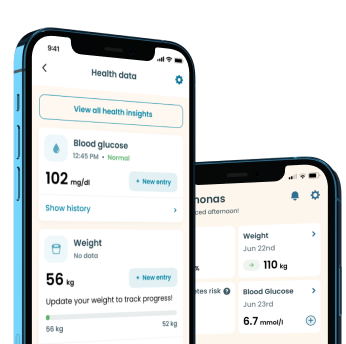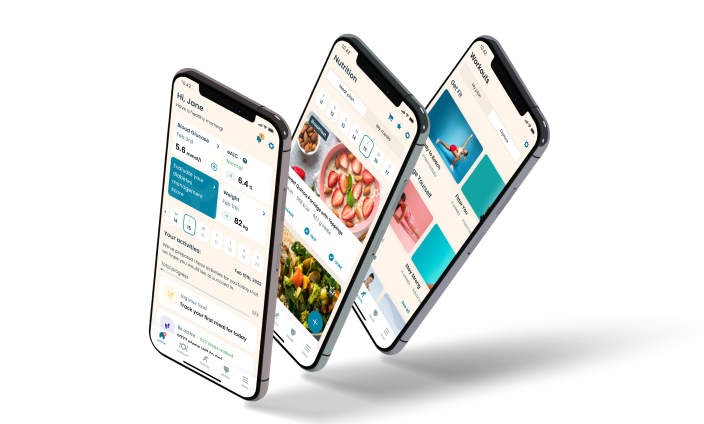Cereal and Diabetes

Not good
70
390 kcal
Everything to Know About Diabetes and Cereal
It is important to start your day with a healthy meal. But, while achieving that, ensure to keep your glucose level in check.
One of the best ways of grabbing a quick breakfast is eating cereals, but lots of cereals out there are filled with high-digesting carbohydrates.
These cereals have a high glycemic index making them break down easily and producing glucose. This, in turn, increases blood sugar levels.
Carbs with a low GI will slowly digest food and won't spike your blood sugar level immediately after eating.
Diabetes and cereals can help regulate blood sugar in diabetes patients, but you have to be careful when choosing because not all cereal is healthy.
What Cereals Should I Avoid?
Relating diabetes and cereals, diabetic patients should stay away from "processes" cereals that tend to convert to sugar immediately after eating. They have a high GI, even if they are mixed with fiber.
According to Harvard School of Public Health, food low in GI rate 55 or less; medium GI rates 56 to 69 while meals high in GI have ratings of 70 to 100.
A research published in 2013 showed that individuals who ate bran and whole grain in their diet had less chance of developing type 2 diabetes.
Avoid cereal with refined grains and sugar in their list of ingredients as they can digest fast. Examples include bran flakes, corn flakes, puffed rice, and instant oatmeal.
What Type of Cereal is Healthy
- Cereal with Bran or Whole Grain: Cereals rich in whole grain and bran are one of the best carbs. They contain more fiber, fewer carbs, and fewer sugar than other options.
- Oatmeal: Oat meals are a great choice, but you have to avoid adding much sugar. It contains a lot of fiber, and you can add drops of maple syrup, honey, or some cinnamon to it to add some flavor.
- Low Sugar Cereal: Never opt for cereals with lots of cereal. Taking shredded whole wheat cereal is a better option.
To increase the nutritional value of your cereal, you can try adding some dried fruits and berries to them.
How Much Cereals You Need
If you are diabetic, you have to control your sugar level as much as possible, especially when consuming cereals. Your eating bowl should not determine the portion you eat. Measurement should be based on the prescription on the food label.
Conclusion
The best way to manage your blood sugar level appropriately is to eat a balanced diet. It means you can enjoy a healthy dose of cereal for breakfast. Just get the best cereals for your health, and we recommend bran, oatmeal, and other low-sugar cereal.
Nutritional value
- Protein 9.4 g
- Carbohydrate 73 g
- Fat 6.7 g
- Fiber 0 g
- Sugar 4.4 g
- Cholesterol 0 g

Download Klinio app!
Get more by downloading our free Klinio App. Analyze your health, form new habits and manage your diabetes anytime, anywhere.
OR
SCAN QR CODE



GET THE APP


